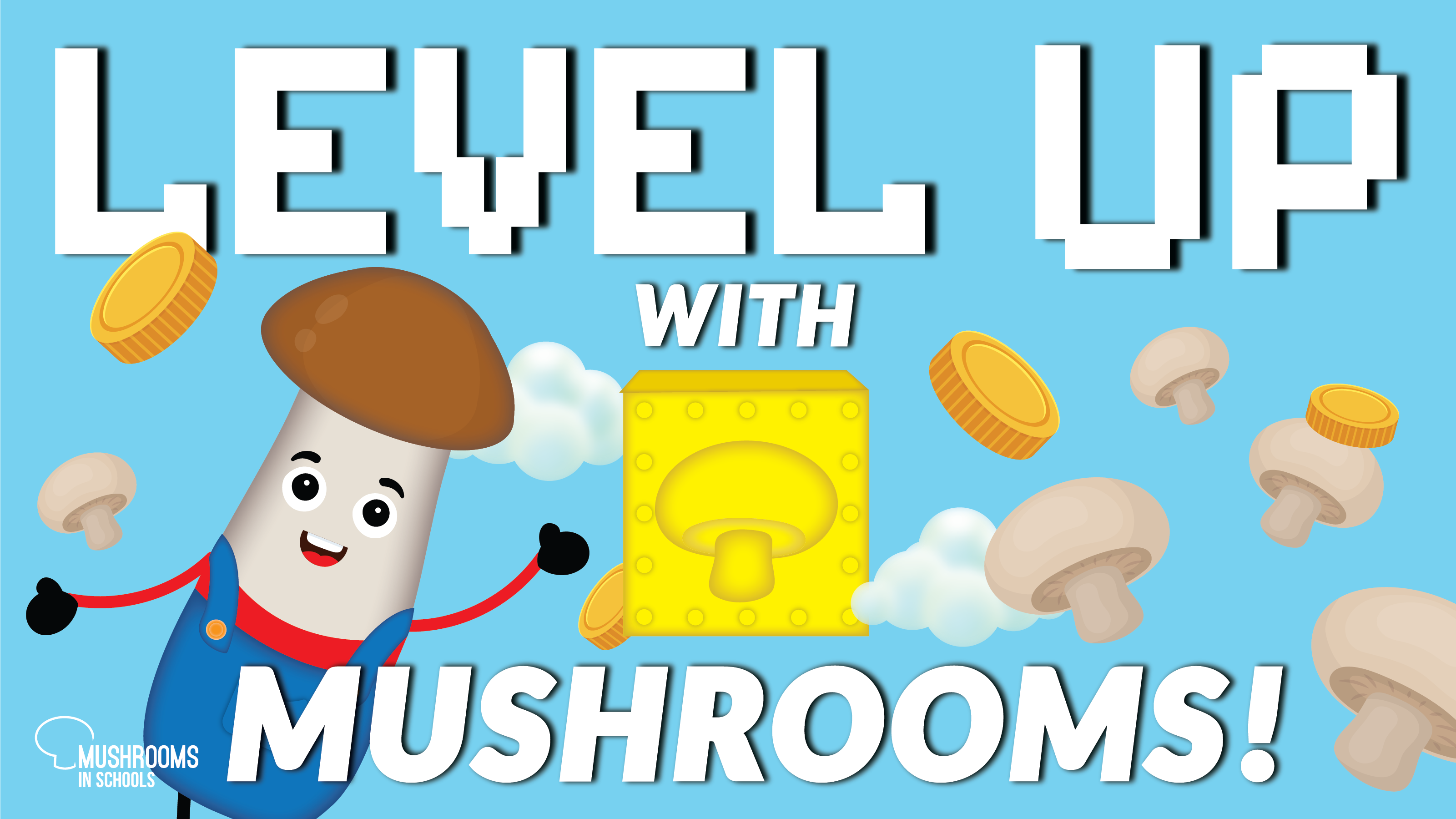 Schools
Schools
Level Up with Mushrooms
September is Mushrooms Month! Level up your menus (whether at home or school) with mushrooms!
Mushrooms are an excellent option for home, daycare, school, or any meal! Because of mushrooms’ flavor, versatility, nutritional, and environmental benefits, your menu and budget will be happy. Mushrooms are easy to source, store, and serve! (Looking for recipes? Click here.)
Curious about the variety of mushrooms? Click here.
Make the Most of Mushrooms
When placing mushrooms on the menu, it is important to start with where the food comes from.
Sourcing Mushrooms
First, consider where you buy mushrooms, if it is at the grocery store – then purchase local mushrooms and the variety you prefer. If you are using mushrooms at a school or daycare, speak with your vendor to identify which mushrooms are readily available.
As with all fresh produce, the more frequently you can receive deliveries the better, resulting in fresher products.
Selecting Mushrooms
There are many types of mushrooms, which you could use. However, the types of mushrooms that are most commonly used in recipes:
- White Button: The most typical mushroom varieties you’ll use in your menus include white, which are great for fresh applications like salad bars and marinated salads and can also be cooked, and brown mushrooms, which are perfect for cooked dishes.
- Portobello: Portobello with its deep, meat-like texture is great for grilled and roasted dishes, and shiitake mushrooms are perfect for stir-fries, pasta, soups, entrees, and sides.
After identifying which mushroom variety you plan to use in a recipe, the next step is to estimate how many mushrooms are needed to be purchased. For family recipes, this can quickly be determined by the amount of ounces required in the recipe. If you are ordering mushrooms from a vendor (or local farmer) for a child nutrition program, you will need to provide an estimated amount needed on a regular schedule, like weekly or monthly. USDA has an easy-to-use tool, the Food Buying Guide, to help you estimate the amount of mushrooms to purchase. This tool will provide you with how many mushrooms to purchase based on the number of servings and serving size.
Versatility of Mushrooms
When estimating how many mushrooms you need for your menu, we recommend considering how often mushrooms will be on the menu. Mushrooms can be served fresh, sliced on salad bars, or roasted to flavor green beans or burgers. Get the most out of your products by using mushrooms in a variety of recipes.
Storing
When it comes to storing mushrooms, if done properly they can be stored for up to a week.
Refrigerate your mushrooms as soon as you receive them, between 34 to 38 degrees Fahrenheit.
Pro tip: Do not store them around food with a strong odor such as garlic and onions, since mushrooms are very porous and will pick up other flavors.
Prepare
As with most things, proper cleaning is key. Mushrooms should be rinsed quickly in cool water, but never soaked – soaking will cause the mushrooms to get soggy and produce a poor quality product. Timing is also important – don’t wash mushrooms until they’re ready to use, because again they will absorb water and the longer they sit after rinsing, the quicker they’ll deteriorate.
Bring the Farm to Children
Mushrooms are grown in nearly every state and are often right in your neighborhood. We recommend adding mushrooms to your Farm to School program (Farm to School Month is October). Since mushrooms are grown indoors they’re available year-round, which is another plus for consistent menu planning.
Because mushrooms are so local, there is a high likelihood that your family could visit a local farm. If you are not able to go on a field trip, fascinate children with how growers produce mushrooms using our easy-to-use resources.
Classroom Curriculum
Mushrooms are the perfect companion to classroom learning. From mushroom nutrition to growing and processing, our resources can be used to reinforce and promote nutrition and sustainability education with your students.
Farm to School Resources
The mighty mushroom is ideal for hands-on demonstrations, classroom growing experiments, and tasty scratch-made meals that support your Farm to School Program! Our Farm to School toolkit provides ready-to-go materials for the classroom and cafeteria to promote local mushrooms and their environmental benefits.
How Mushrooms Grow
Before they make their way to your plate, mushrooms go through a growing process in a highly controlled environment unlike that of any other produce item. Go through each step with us!
Time Lapse: Watch Mushrooms Grow
Watch the fascinating fungi-growing process over just six days!
Mushrooms on the Menu
Humboldt USD in Arizona introduced students to mushrooms through a fun taste-testing activity. “The two 1st graders had mixed emotions. The boy loved them and the little girl didn’t. The sixth graders turned it into a challenge. So much fun! The kiddos who liked them challenged the ones who wouldn’t try them. Pretty soon all the children tried them with mixed emotions. It was a great lesson to try new things.”
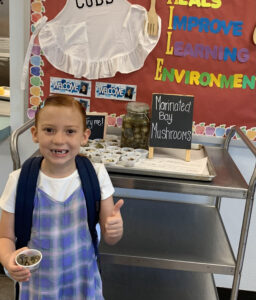
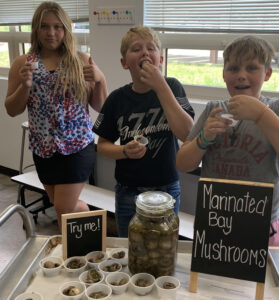
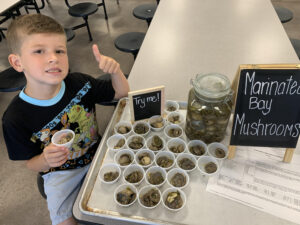
Add one of our #RealSchoolRecipes – or use one of your own mushroom recipes – to your school menus and your team will be featured in our Mushrooms on the Menu! Tag us on Facebook and Twitter to get a special shout-out – and grab FREE t-shirts for your team.

You and your team could be the unique feature of our monthly newsletter! Send your success stories to us at: schoolmeals@mushroomcouncil.org. Have questions? Send them our way and we are happy to help!

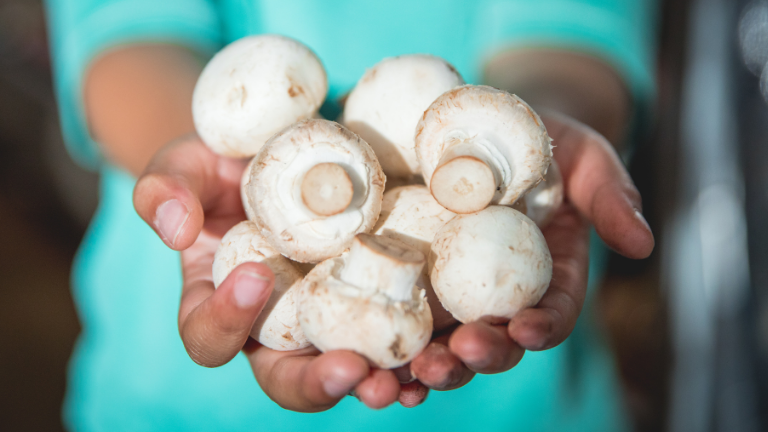
 Exploring Mushrooms
Exploring Mushrooms 
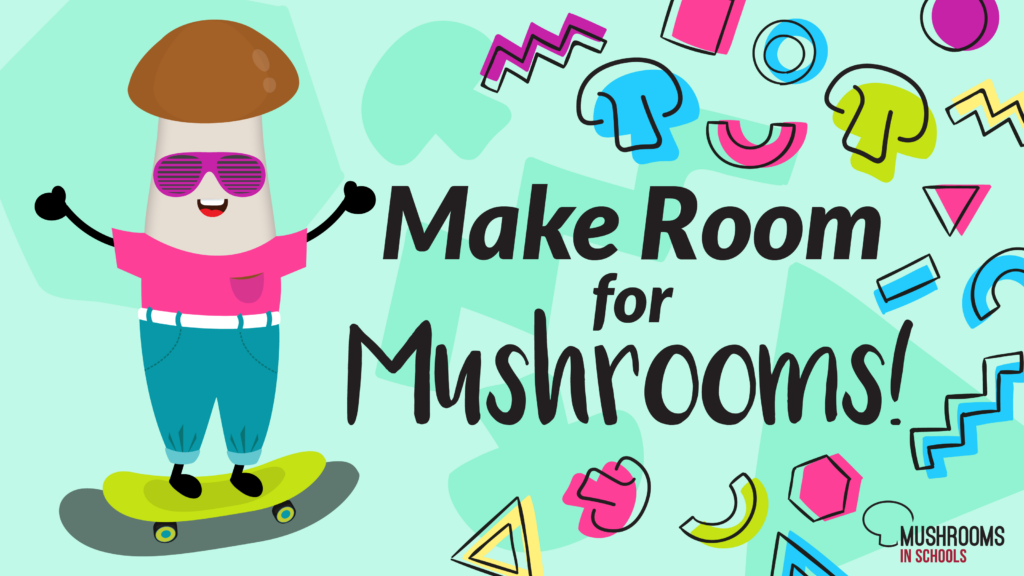

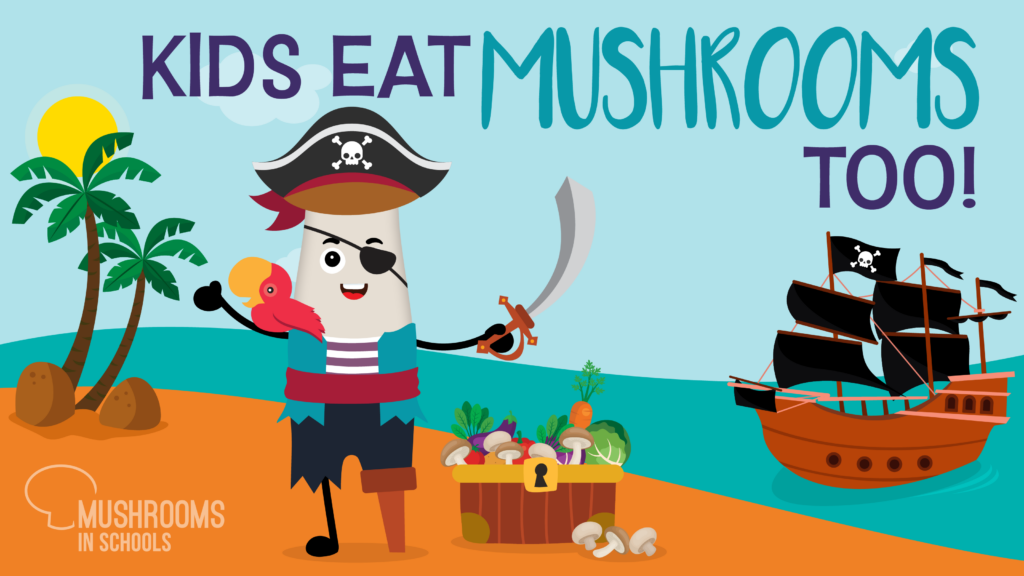

We collect, use and process your data according to our Privacy Policy.